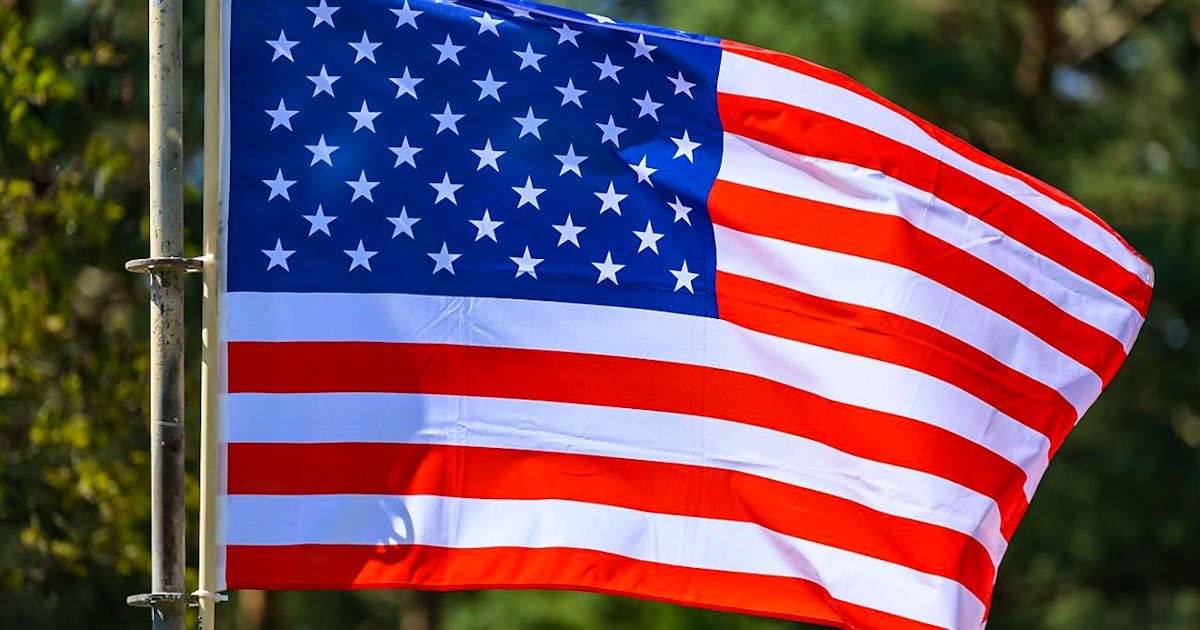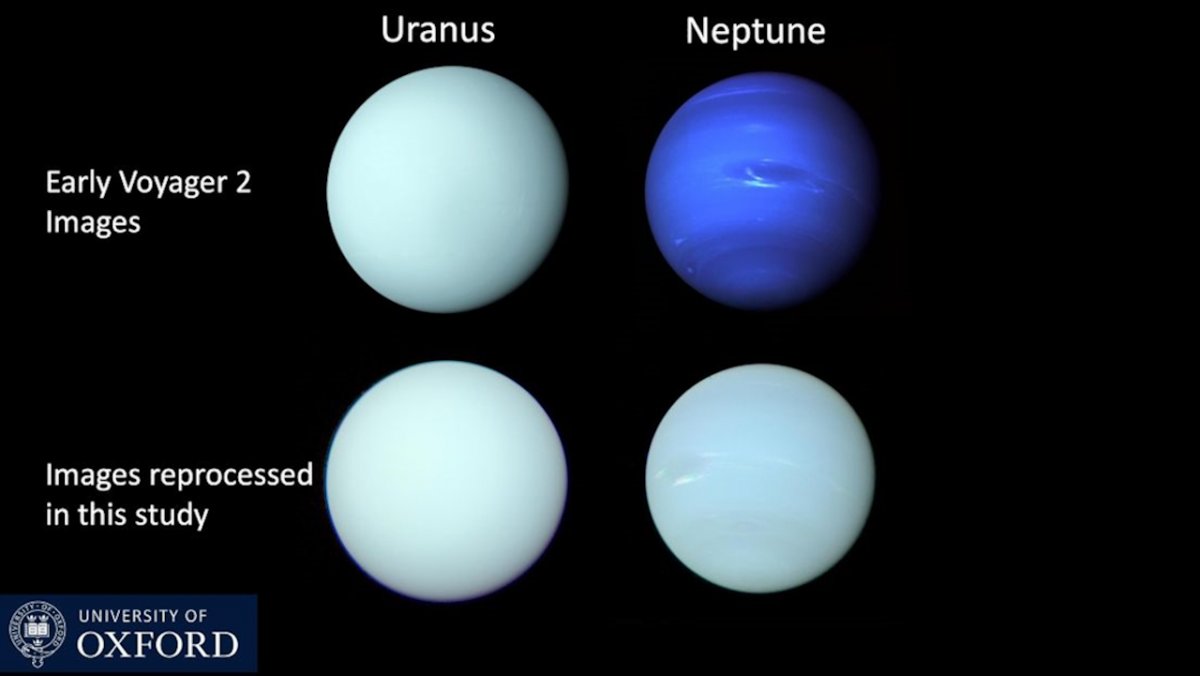The two outer planets of the solar system appear more similar to each other than previously thought, especially by the public. This is shown in images provided by a research group led by physicist Patrick Irwin from the University of Oxford. Uranus and Neptune are almost indistinguishable because they both appear almost light blue. These are the images taken by Voyager 2 during its visits in 1986 and 1989. It has now been reformulated again. After more than three decades, the main goal is to correct humanity's image of the two distant planets.
advertisement
Best color representation yet
As Irwin's team now explainsVoyager took several monochrome images during its flight, which were stitched together on Earth to create color images. Not only did they focus on generating the most “true” colors possible, they also wanted to make structures such as cloud bands visible. Although it was known in science that Neptune in particular became “too blue” a lot, and this was noted in images, this was forgotten over the decades. By reprocessing the original recordings, the “most accurate representation” of the colors of both planets has now been created.
But the team not only discovered that the two planets are more similar in appearance than previously assumed. The group also has an answer to the question of why Uranus changes color over the course of its 84-year journey around the sun. Because the giant planet lies on its side, so to speak, its poles always point toward the sun. The less concentrated methane there and the methane ice haze are responsible for Uranus appearing greener every few decades. The team published the photos that were then processed. Associated study Featured in the Monthly Notices of the Royal Astronomical Society.
(meh)

“Prone to fits of apathy. Zombie ninja. Entrepreneur. Organizer. Evil travel aficionado. Coffee practitioner. Beer lover.”







More Stories
New WhatsApp functionality – Green Heart brings changes to the messaging service
Grand Theft Auto VI: Are these the cast of the two heroes?
Zombies from the Samsung Galaxy S24 Ultra camera: This is how bad a quickly aging close-up photo currently looks online